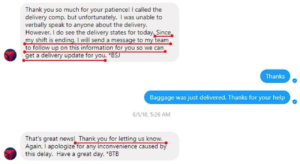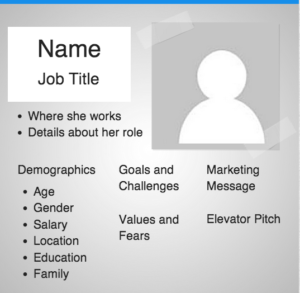The Best Times to Post on Social Media for Your Business
As a business, the goal of posting on social media is to generate brand awareness, engagement and drive more traffic to your website. To optimize your social media marketing strategy, the times you post on social media does matter. A well-timed post can lead to greater reach, more likes, comments, shares, etc. It is important to note that optimal times do vary based on industry and user trends. But in general, there are times of the day users are more engaged than others. We’ve put together a guide for the best times to post on each social media platform, making it easier to find your sweet spot for optimal performance in your specific industry.
Facebook:
Reaching people on Facebook isn’t as easy as it once was. Organic traffic has been on the decline over the last few years due to it becoming mostly a pay per click platform. That doesn’t mean it should be ignored, however, as there is still massive opportunity.
During the week, the best time to post on your business page is between 1pm and 4pm. This is likely because it’s the time of day when users have some downtime at work are browning their desktop or scrolling through their phone screens.
The best days of the week to post on Facebook are Thursdays, Fridays, Saturdays and Sundays. Weekends in general show the highest levels of engagement. And Sunday at 3pm is the single best time to post on Facebook.
Twitter:
With Twitter, timing is everything. The lifespan of a tweet is only 18 minutes so you only have a short period of time to make sure you’re reaching the right people.
The best time to tweet has shown to be between 12 and 1 pm. Workdays seem to drive the highest engagement, with Wednesday being the single best day. Tweeting during lunch every week day can help increase your general social media engagement. Additionally, the weekends have shown to be the worst days of the week to tweet, driving the lowest engagement.
Instagram:
Instagram has recently changed its algorithm for how the platform ranks posts on users’ feeds. In general, it has made driving traffic and engagement difficult for pages with small follower numbers. It favors “recency,” but does not use chronological order. It shows users posts they believe they will be more likely to engage with. This makes it even more important to post during the time your followers are most engaged.
If you’re marketing or selling products, the best time to post on Instagram is 11am to 1pm during the week or evenings from 7pm to 9pm. Because Instagram is favored on mobile, most users tend to avoid it during the work day. When it comes to days, the best performing are Mondays, Wednesdays and Thursdays, with Wednesdays driving the highest levels of engagement. But the single best time to post on Instagram has shown to be Saturdays at 5 pm. Overall, Sundays are the worst days to post.
LinkedIn:
LinkedIn’s algorithm is very different from all other social media platforms. Oftentimes, it will show posts from weeks ago. This makes it even more important to create compelling content that will stand out amongst the crowd.
Considering most LinkedIn users are business professionals, the best times to post are between 10am and 11am on Tuesdays, Wednesdays and Thursdays. Weekends and after office hours tend to be the worst times to post.
Final Thoughts
It’s important to note that this is all a general guide. To be successful on social you really need to know your own audience. Consider their age, their location, their challenges, pain points, etc. It’s also essential to continue to test and optimize. You never want to get complacent because things are constantly changing, especially when it comes to social media.
If you need assistance with social media marketing, we can help. We’re experts in everything from SEO and SEM to social media marketing and website development. To find out more about who we are and what we do, click here. To catch up on the top digital marketing news and trends, click here.





